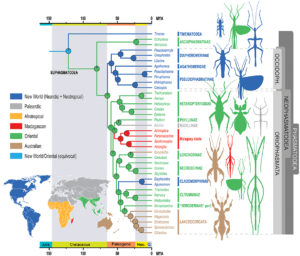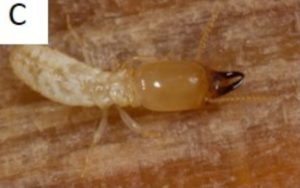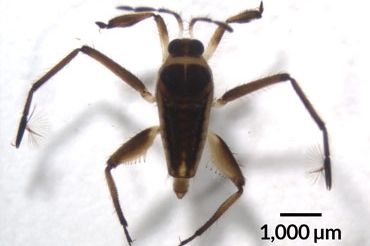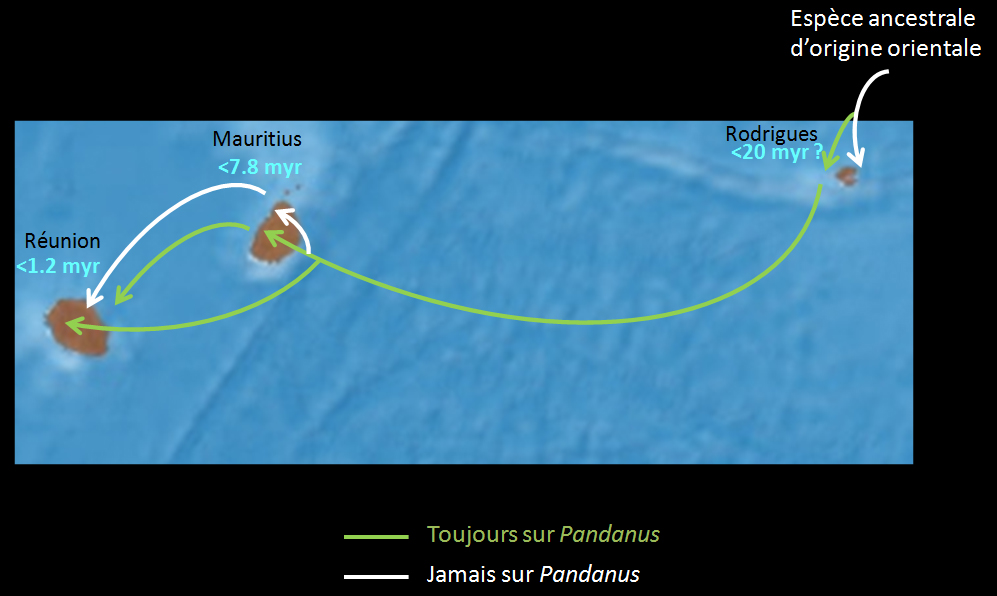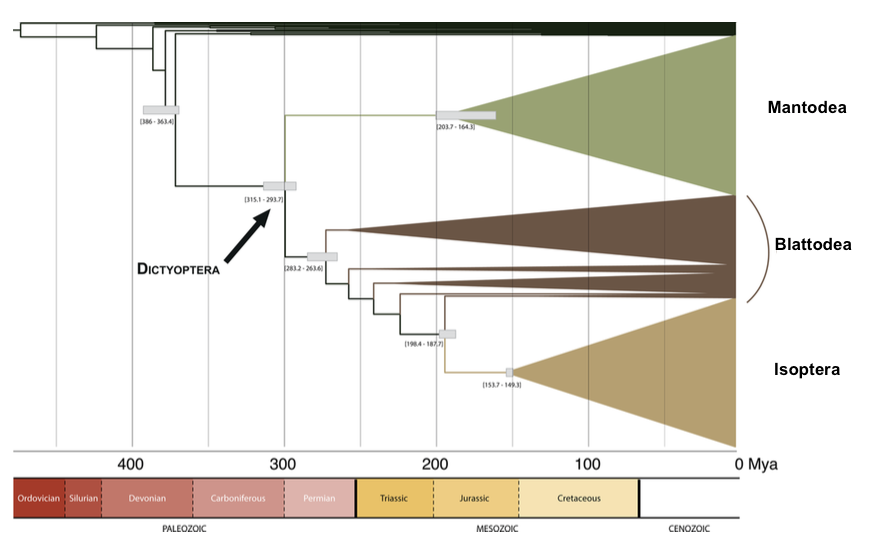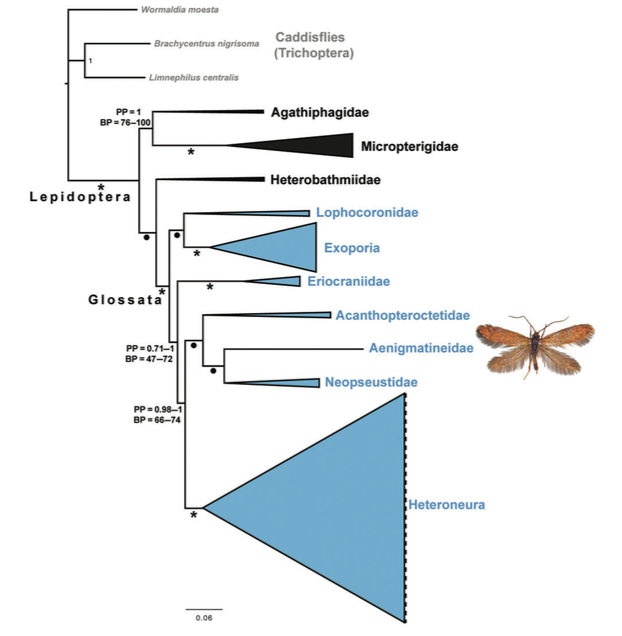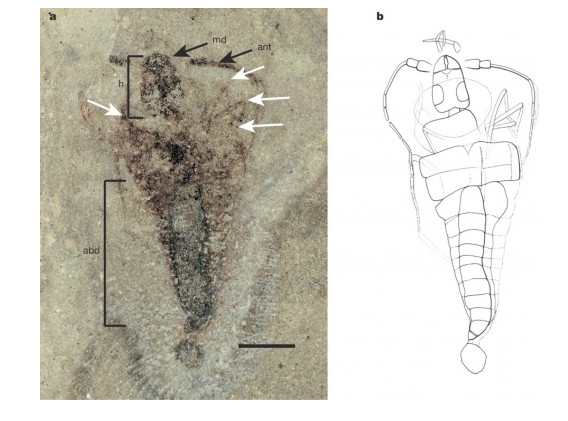by Benoit GILLES The Order of Phasmatodea (phasms and phyllies), composed of more than 3,100 species and 500 genegenes, is one of the oldest groups of insects. They are popular for their ability to camouflage themselves in vegetation. Their morphology, sometimes displaying extravagant shapes, makes them look like twigs, leaves or bark in order to…
Tag: phylogeny
Termites (Part 1): Biology
by Guillaume BAUDOUIN General The Author: Guillaume Baudouin Following a university course between Angers, Rennes and Poitiers, Guillaume completed his thesis on the problem of termites in Paris as part of a project carried out between the IRBI (Institute of Research on the biology of the insect) and the city hall of Paris between 2013…
Evolution and adaptation in Rhagovelia bedbugs
Genes at the origin of new traits giving access to a new environment chez la punaise Rhagovelia (Heteroptera, Gerromorpha, Veliidae) Evolutionary innovations result in the appearance of new structures or behaviours during evolution (ex lien), a coloration pattern in butterflies (lien). The theory predicts that these events of appearance are unique to each innovation and…
But where do the Ornebius of the Indian Ocean come from?
By Sylvain HUGEL The Mogoplistidae are a basal family of crickets, most of whose limbs are covered with flat, scaly bristles. None of them are capable of flying. A genus of Mogoplistidae is particularly diverse: the genus Ornebius which includes more than 100 species, mainly distributed in the Indo-Malaysian, Australian and Oceanian regions. Some species…
Phylogeny of Dictyoptera: origin of cockroaches, termites and mantis religions
Post Views: 2,953 Cockroaches, termites and mantis, despite obvious morphological and behavioural differences, share a common ancestor and belong to the order Dictyoptera. The small
Revision of lepidopteran (butterfly) phylogeny
Post Views: 2,888 The discovery of a new lepidopteran family, unpublished since the 1970s, was made with the capture of a small butterfly on “Kangaroo
New evolutionary history of the European cicadas
Post Views: 3,836 The international team led by the Swiss Professor Peter Nagel and the doctoral student Thomas Hertach have just published in the journal
New Phylogeny of insect evolution established
Post Views: 2,391 A new international team of researchers has just established a new phylogeny* of insects that can trace the evolutionary history of different

